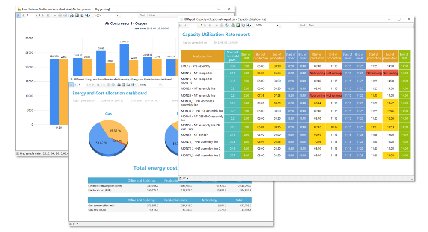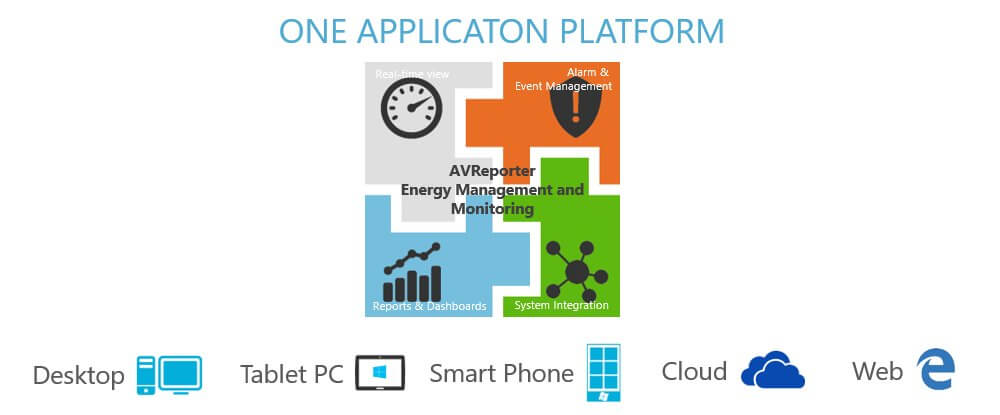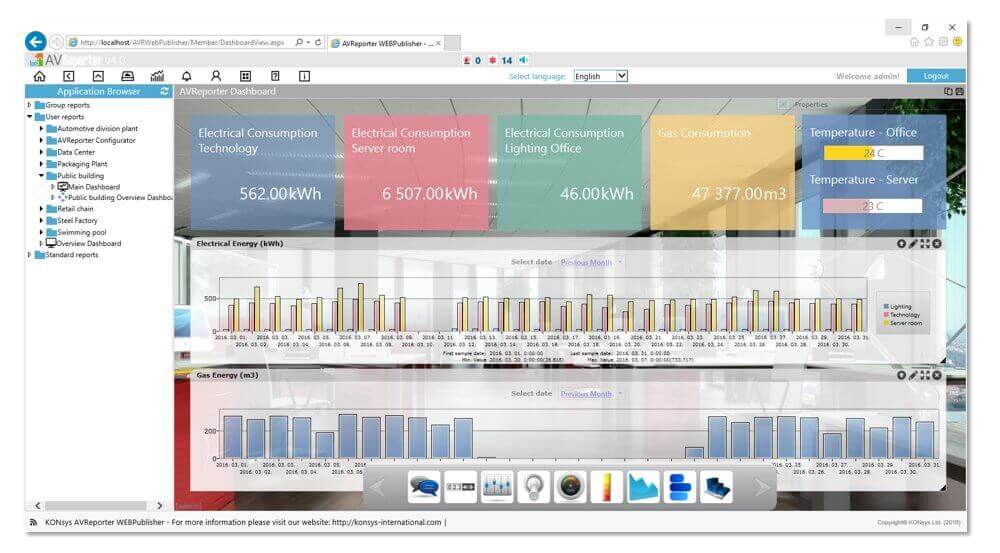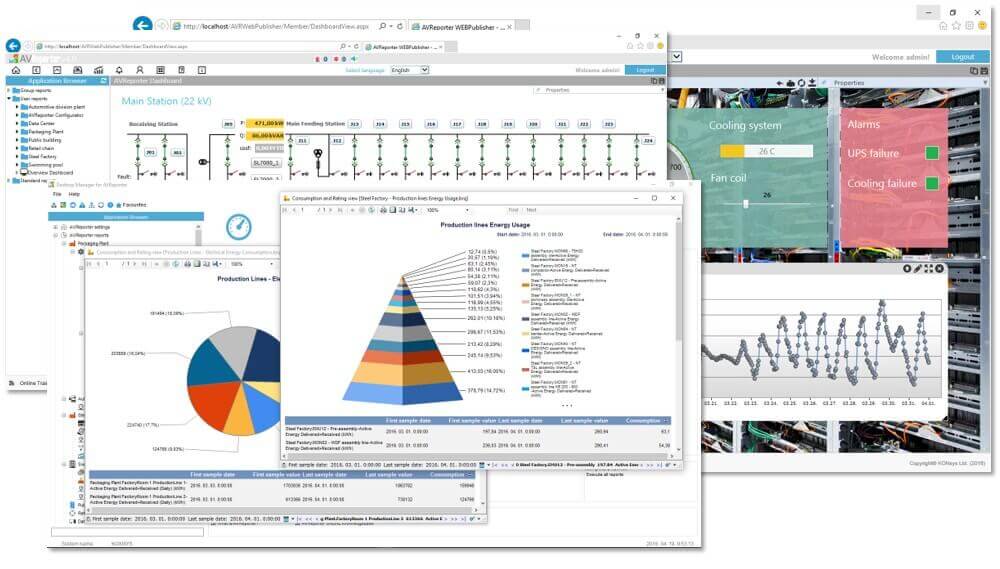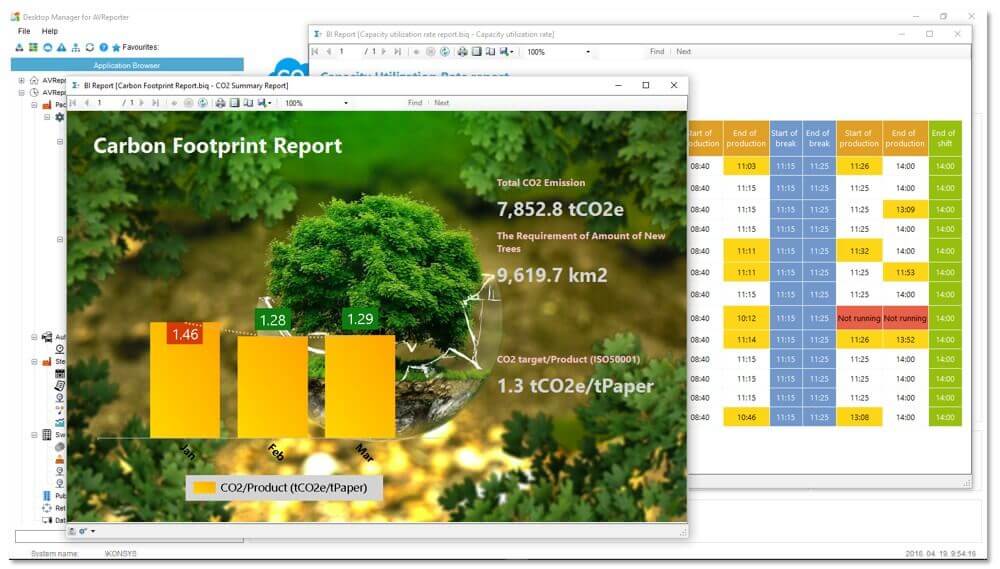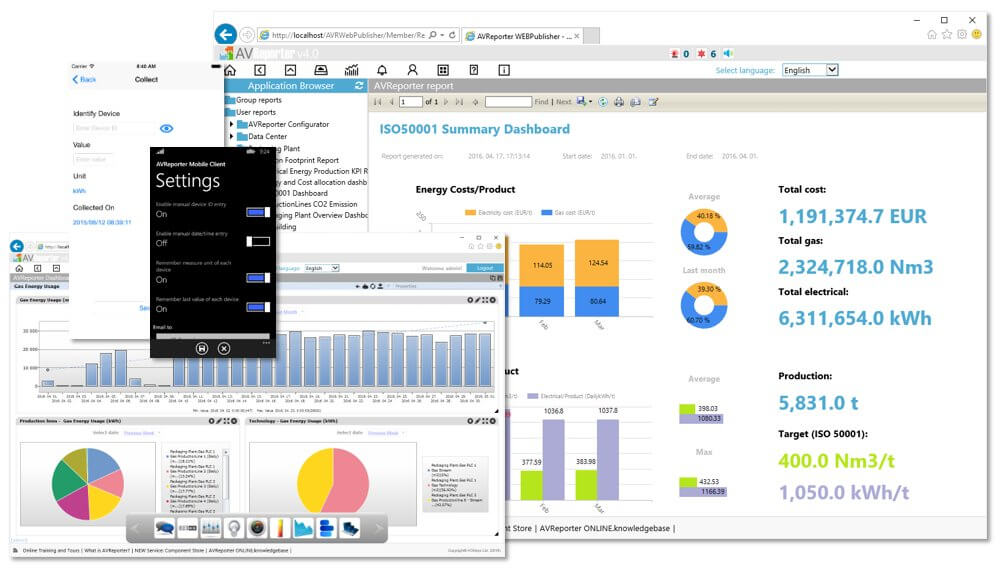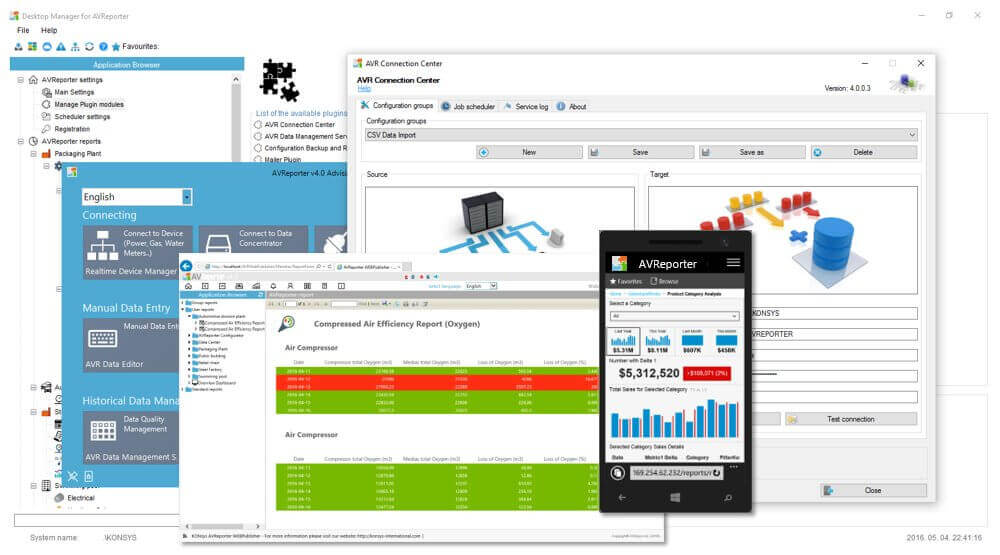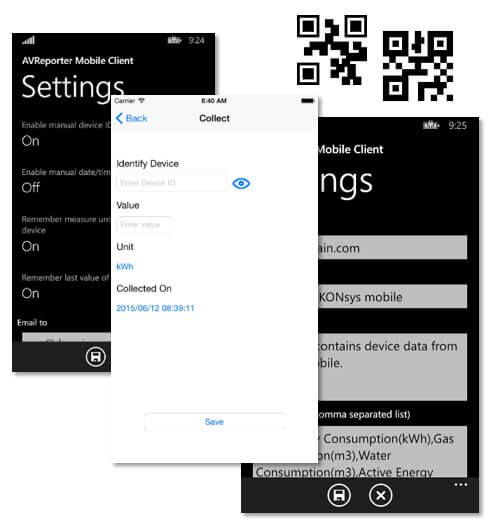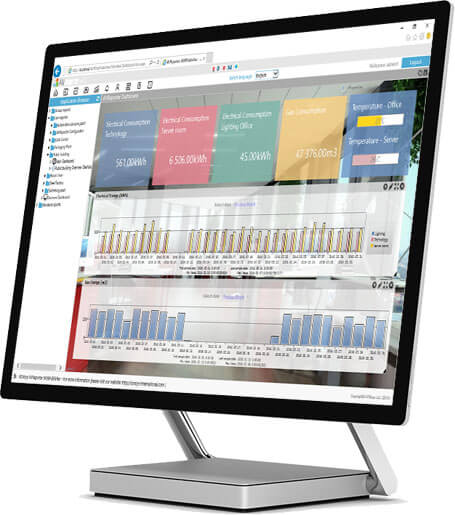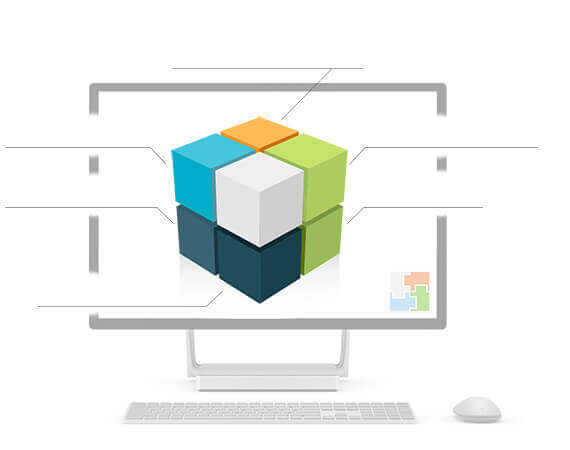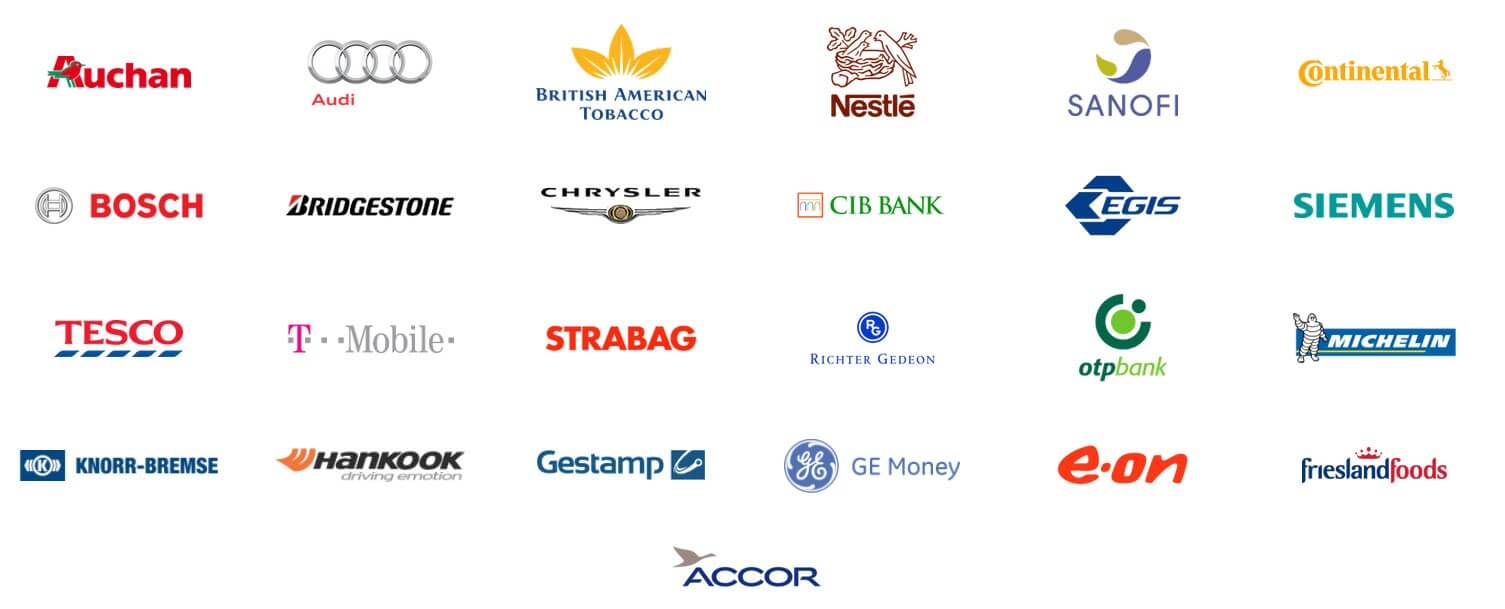Reducing the energy consumption of industrial heat
Improving the efficiency of industrial heat use and transitioning to cleaner sources of energy would potentially have a significant impact on reducing industrial CO2 emissions, according to the International Energy Agency (IEA).
Global demand for industrial heat is growing. It already accounts for two-thirds of industrial energy demand and almost one-fifth of global energy consumption.
What's more, it constitutes most of the direct industrial CO2 emitted each year, as the vast majority of industrial heat originates from fossil-fuel combustion.
However, there are challenges in reducing CO2 emissions from industrial heat, IEA analysts Elie Bellevrat and Kira West explained in a recent commentary.
Industrial heat is often generated on-site, making it harder to regulate than a more centralised sector such as large thermal power generation.
And while heating needs for residential and commercial buildings are fairly standard, industrial heat encompasses a wide variety of temperature levels for different processes and end-uses. For instance, cement kilns require high temperatures, while drying or washing applications in the food industry operate at lower temperatures.
Different technology and fuel options are available depending on the required temperature level, but these are often not interchangeable. For example, low-temperature heat from a heat pump cannot be substituted for high-temperature heat from a gas boiler.
Fuel switching -- such as substituting gas for coal -- can go some way to reducing emissions.
Electrification can also be a low-cost and sustainable option, although the sustainability of electrification depends on broad decarbonisation of the power sector to actually reduce emissions at the system level.
Direct renewable heat sources such as solar and geothermal can also be economical for applications below 400 degrees Celsius, but they are not easy to integrate in all industrial facilities. Meanwhile, bioenergy can be used for high-temperature heat demand, but is resource-constrained and only economical and sustainable under certain operating conditions and in certain regions.
Industrial heat can also be decarbonised by capturing and recycling CO2 in industrial processes, such as for methanol production, or storing it permanently.
And last, but by no means least, increased efficiency -- through the use of modern equipment, improved insulation or heat recovery -- can reduce final demand before the heat is even generated.
Limiting overall heat requirements is the often the first step, before taking actions to decarbonise the remaining heat use.
"Ultimately, widespread deployment of energy efficiency and a least cost mix of these options can point to a more sustainable future for industrial heat," the IEA commentary concludes. "Putting the appropriate regulatory framework in place will be key to ensuring that investments are targeted in a way that makes this future possible."
